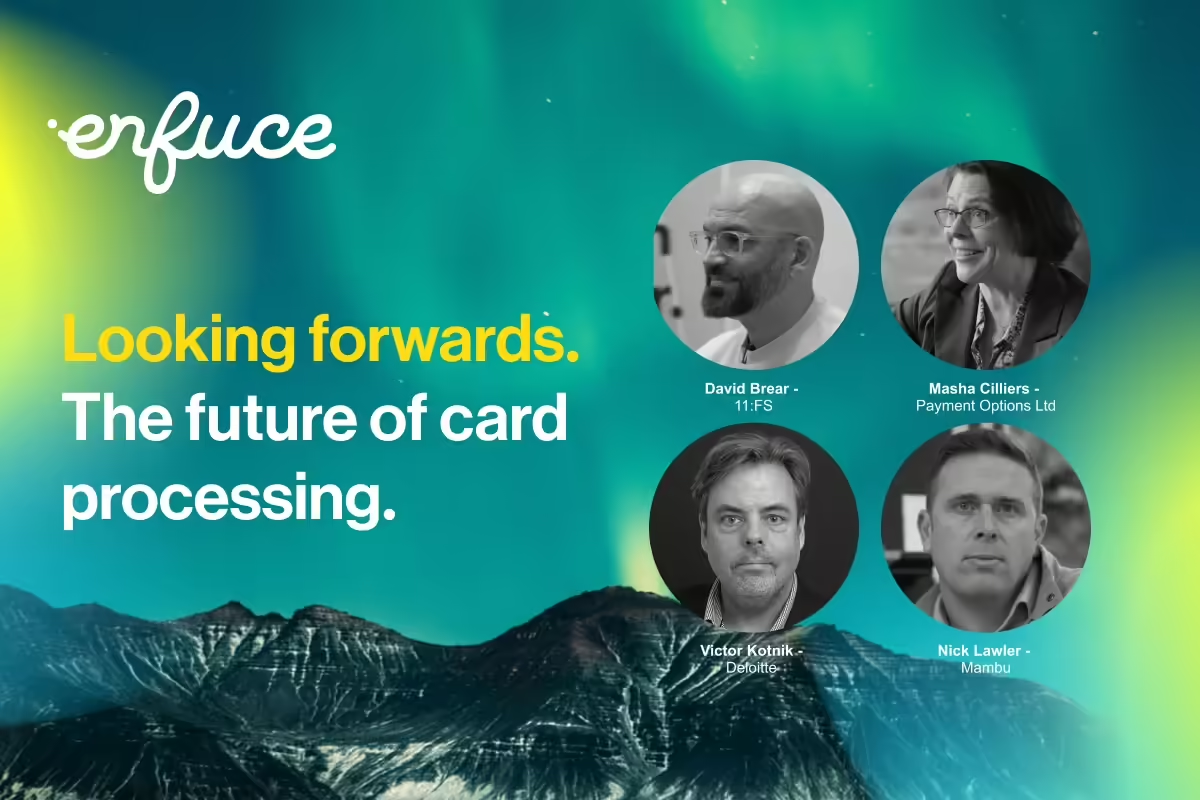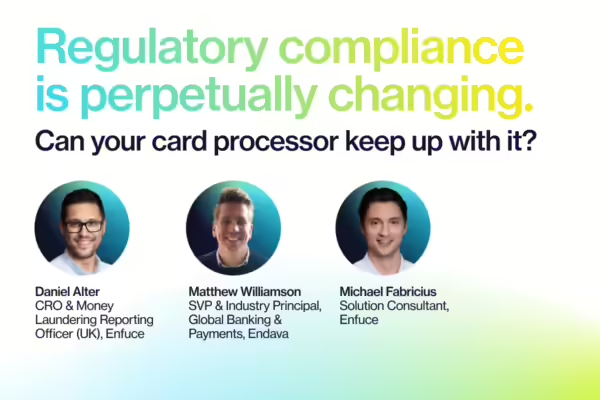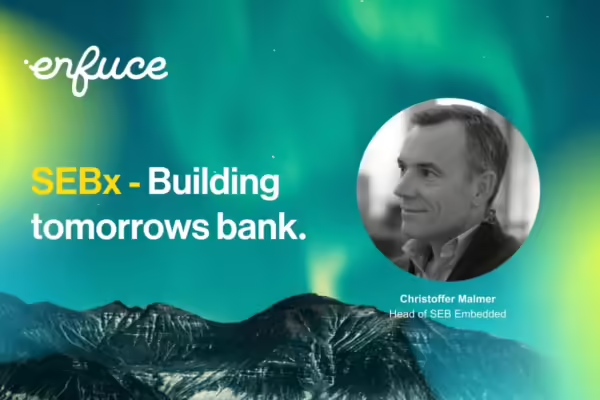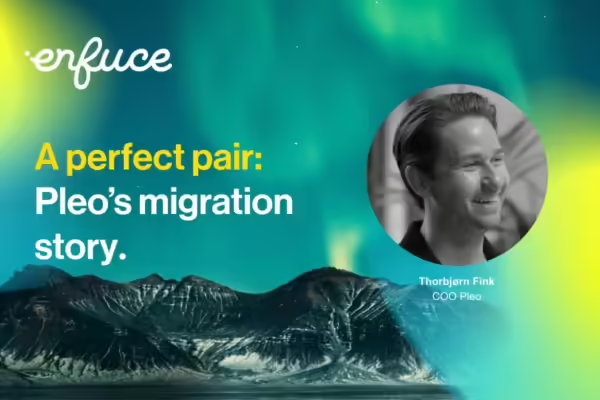Looking forwards – the exciting future of card experiences

For the past couple of months, we’ve been on a journey to uncover opinions, lessons and insights around the much debated build or buy topic by interviewing experts that have walked the path of card program creation, transformation, partnership development and management. Our findings are encapsulated in our report and video interviews titled, The Builders Guide to Strangely Satisfying Card Experiences, which you can immerse yourself in here.
Sharp focus throughout the content is the past and current experiences of our architects, and the future of this exciting space. What is truly thrilling is this exciting future that drives the appetite for constant innovation, improvement and focussed customer centricity from the architects.
Propelled by technological advancements and shifting consumer expectations the future of financial transactions is limitless, promising unprecedented convenience, security, and innovation. From seamless mobile payments to frictionless checkout experiences, cutting-edge technologies and transformative trends reshaping the way we pay and transact.
In this blog, our architects share their ideas about the opportunities tomorrow holds for businesses and consumers to redefine the way they engage with financial transactions.
Healthy competition
Competition may introduce complexity, but it’s also what gives us our edge. Forcing business to continually strive for improvement and differentiation, it creates a dynamic marketplace where multiple players vie for consumer attention and market share, incentivizes us to innovate, refine our offerings, and deliver greater value to customers.
David M. Brear, CEO at 11:FS is a champion of competition.
“I think the marketplace has shifted really dramatically and that’s a great thing. The regulator knew what they were doing when they introduced the competition mandate because having competition is healthy. It means everybody has to work a little bit harder. You’ve got to be a little bit fitter in terms of the outcomes that you’re pursuing. All of these things have created a fundamentally different banking battlefield and that’s exciting.”
One of the main drivers of competition in this space has been the emergence of fintechs – small, agile and innovative business that are hungry for a share of the market and unhindered by limiting corporate processes. Masha Cilliers, Founder and Principal Consultant at Payment Solutions Ltd, agrees.
“Generally, emergence of fintechs has driven the market forward a lot. You know, we’ve leaped forward. We’ve provided competition, we’ve provided types of services that banks hadn’t thought about. You know, there’s a point of view that you can say banks are quite happy where they were and doing what they were. So, competition kind of shakes the old world and gets the new players.”
One of the ways fintechs are challenging banks specifically is in their ability to experiment, as well as their focus on speciality services. As Thorbjørn Fink, COO of Pleo, notes, it’s historically been hard for banks to innovate, particularly in the digital space. He believes that fintechs have encroached on banking products by attacking in focussed areas – anything from personal loans to car insurance and the like – and then going very deep into that experience, providing excellent client service and experience.
Team-work makes the dream work
Despite past tension, one of the most exciting developments in the financial industry of the recent year or two has to be the sudden truce banks and fintechs have called, ushering in a new era of collaboration and the best of both worlds.
Fink notes that while fintechs seemed to have the upper hand when it came to agility and innovation, banks still have huge distribution power and Christoffer Malmer, Head of SEB Embedded, believes that both parties have realised the other’s strengths.
“I would say that for quite some years now banks have started working more and more with fintech, investing in fintech, leveraging the innovation that fintech is doing – all to create great stuff together with the customer’s needs at heart.”
This shift towards a more collaborative relationship between the two business types can also be seen as a future-proofing strategy – one based on the ever-evolving needs of the customer.
Brear thinks that the revolution is more of a B2B conversation than it is a B2C conversation. He feels the options for organizations in the back office is where really exciting opportunities lie.
“It’s a move from commodity products to much more intelligent services. It isn’t just about self-serving through a mobile app. Can you make payments and do transfers etc? Actually, the orchestration of people’s financial lives is much richer than that. This is something that’s embedded, not necessarily in the sense of having payment capability wherever you are, but embedded into your life, which is a service, it’s not a product.”
David M. Brear – CEO at 11: FS
Future fortune-telling
With the rate of change in this industry, predicting the changes to come is a tall ask. But a lot of planning for this unknown lie in attitude. As Malmer says, if you knew you couldn’t fail, what would you do? He believes that taking the stance of treating failures as learnings is the way to prepare for innovative thinking, as nothing works out the way you expect them to.
However, there’s no harm in an educated guess and Victor Kotnik, Partner in Consulting at Deloitte wagers that there will be convergence of concepts in the years to come.
“Some of these spaces of different payments and card programs, I think, will be blurred in the future, like with real time payments. I do think cards will be really important as the centrepiece of ecosystems or loyalty schemes and I think those ecosystems are becoming more important than the actual payment, through earning points and in CRM loyalty schemes. While this has been going on for a long time, I think we’ll see more and more of this trend.”
While Kotnik speaks about the broader idea of how card programs will change, Fink has a strong belief that the actual card element of this industry is likely to decline and that our ways of paying will change – and have already changed.
“A few years down the line we’ll see much less plastic, fewer physical cards. Already today, most of our business customers have adopted Google Pay, Apple Pay, and tokenized paying in some sort of way. So, they have little use of the actual plastic, which will probably eventually go away altogether. But the distribution network of the card schemers remains extremely powerful.”
Viktor Kotnik – Partner in Consulting at Deloitte
Pearls of wisdom
No future-focussed thought piece would be complete without advice, and who better to get it from than the experts so well versed in the space?
Cilliers advises a practical, step-by-step approach when considering building, buying or partnering in the card program space.
“My key advice would be make sure you take a step back and understand your requirements. Get an understanding of how costly it is to operate the infrastructure that you have today. How much money do you spend on consultants? And try to weigh that against the opportunities that you see as really successful.” She goes on to recommend working out what needs to be prioritised in-house first and then what can be outsourced.
The one strategy here is to then be able to migrate more skills and functionality in-house as the business grows and becomes more successful. Alternatively, a business could find a way to keep smaller services inside while moving more responsibility externally.
Nick Lawler, Market Director for EMEA at Mambu, thinks that before a plan is even created, the ability to identify the need for change or transformation is key to any kind of future success in this space.
“Taking no action is not the answer. There are people still looking and they’re still thinking. And ultimately, that’s where the insurgence of new entrants have come from, because other people have stood still. But now those providers are thinking, we need to make a move. We need to future proof the business. We need to move for our customers.”
To reinforce this thinking, the move forward or towards change is not really a choice anymore but rather a prerequisite for survival. Joe Samuel, VP Head of Europe Issuers/Enablers at Visa believes that moving to the cloud is the non-negotiable next step of the modernisation journey.
“Five, six, seven years ago you could have legacy infrastructure, legacy technology. That was fine, but now it’s become table stakes to have really good technology. There are a lot of entities that are saying, I’ve got this legacy infrastructure. Do I stick with it, or do I move to the cloud? Is it just lifting and shifting everything that I’m currently doing in the cloud or do I take something to the cloud and bring something totally new also to the branch?”
All of these questions and potential scenarios are completely dependent on the business, the context, the strategic goals and the vision for the future. But what is abundantly clear is that, wherever the organisation is on its transformation journey, or whatever the pressures being faced, the future and its demands is waiting for no one. While the path forward might be overwhelming, it’s one that can’t be ignored. Challenges may abound but as Malmer affirms, the product owner ready to take the risk to push their business forward should be applauded. “Be brave,” he says. “Go for it!”



